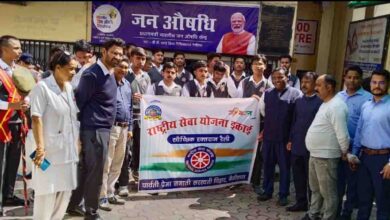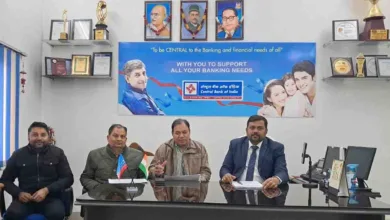INBRIEF
Buddha’s House of Mirrors- reflecting spirituality

Wednesday, 07 April 2021 | PNS | Dehradun
Buddha’s House of Mirrors, a short book on simple spirituality by Shukla Ji is a book which helps the reader find answers to questions which revolve in the mind. The conversation penned by the author makes it quite different from other books while also enabling the reader to relate.
The book puts the focus back on the observer – the true self which observes as the individuals routinely play different roles going through different emotions and stories of success and failures. The author focuses on removing the reader from his or her own way to a blissful life and does so through rational arguments than take a feel-good preachy route.






